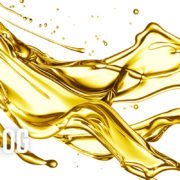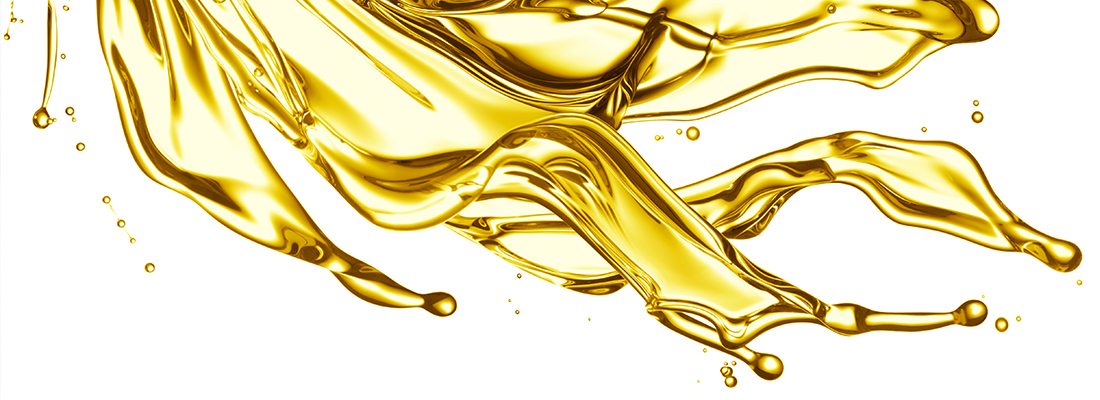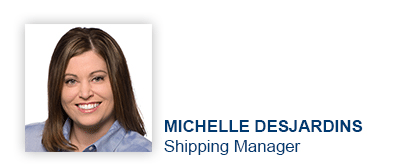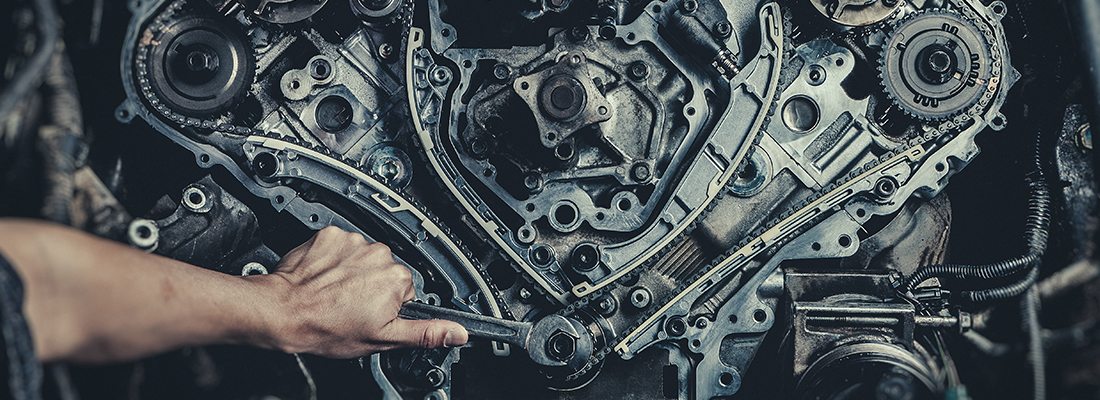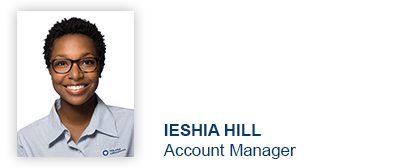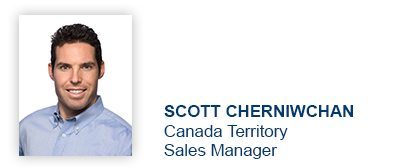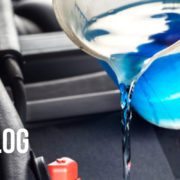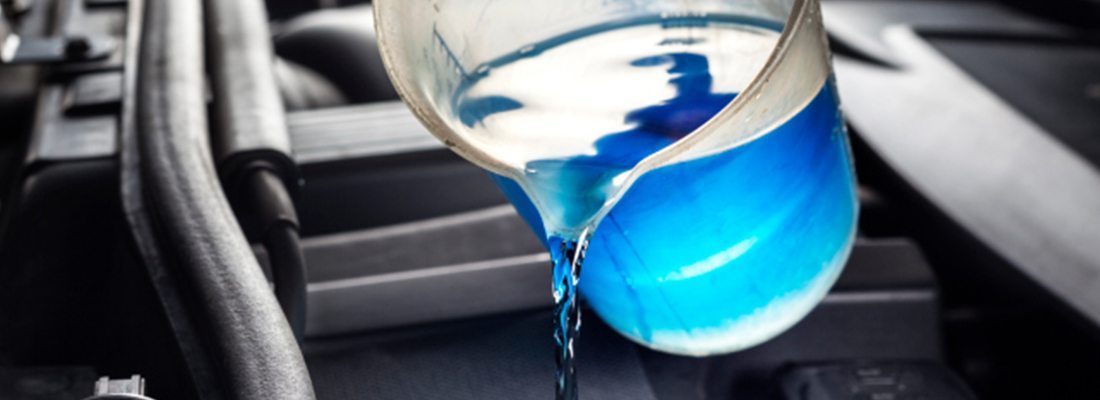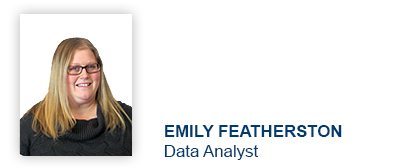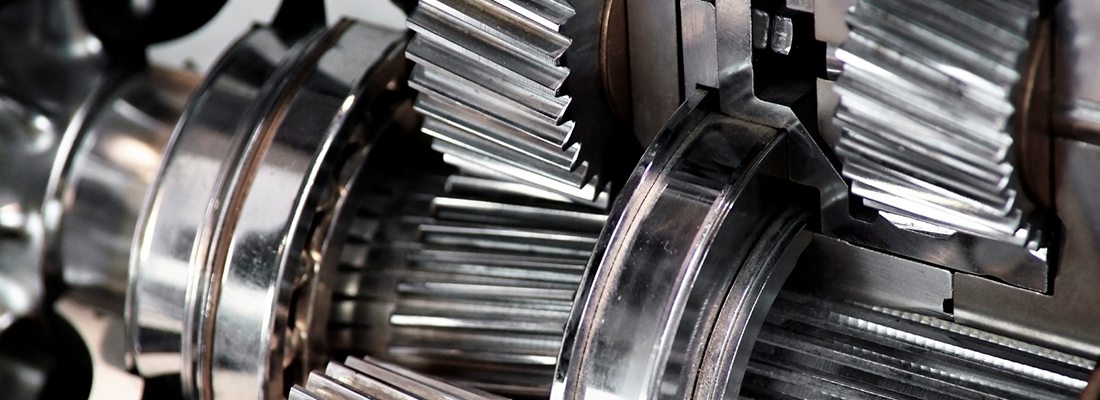What is a Program Champion?

Program champions are the individuals responsible for ensuring your fluid analysis program is effective. The right program champion can provide you with the continuous leadership, visibility and accountability you need to ensure your fluid analysis program is headed in the right direction.
When choosing a program champion, make sure you identify an individual who is committed to your program and capable of overseeing the people, the process and the technology from start to finish. Choosing the right champion for your team is a necessary step to ensure your equipment remains up-and-running.
If you’re interested in securing your program success, I recommend you start developing your program champion today. To help your champion make the transition, we’ve put together a checklist to guide them through the right actions to take at start-up, daily, weekly, monthly and semi-annually.
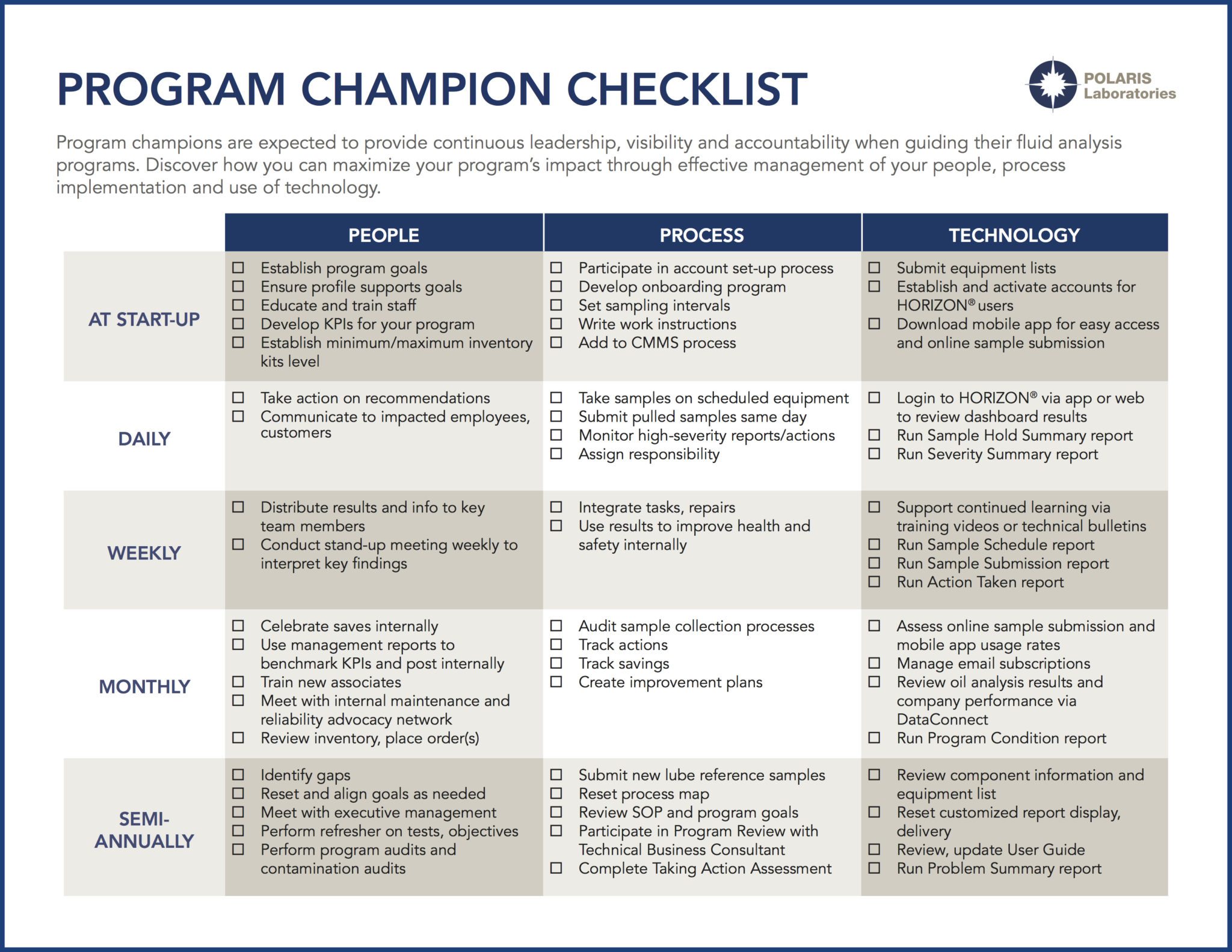
Please feel free to download the program champion checklist. I also recommend you attend our February 3 webinar on the impact of a program champion. This 40 minute presentation is now open for registration. If you have any additional questions, please contact one of our technical business consultants, Henry A. Neicamp at hneicamp@polarislabs.com or Randy Clark at rclark@polarislabs.com.
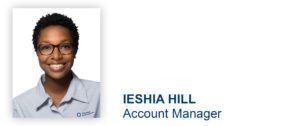
Proven Impact. Proven Uptime. Proven Savings.
Let us prove it to you.


